
Gold · Silver · Platinum · Palladium.
HOW DOES GOLD STACK UP AGAINST THE BROAD MARKET?
You may be surprised to see how strong gold has performed over the last 20 years.
Gold Performance Analysis: 20-Year Market Comparison
Take A Look At How Gold Has Stacked Up Against The Major Stock Exchanges Over The Past 20 Years.
| Asset Class | 20-Year Performance |
|---|---|
| Dow Jones | +383% |
| S&P 500 | +426% |
| GOLD | +754% |
Conclusion
Based on 20-year historical data, gold has outperformed major stock indices with a 754% return, demonstrating superior long-term value preservation and growth potential compared to traditional market investments.
The Dow Jones
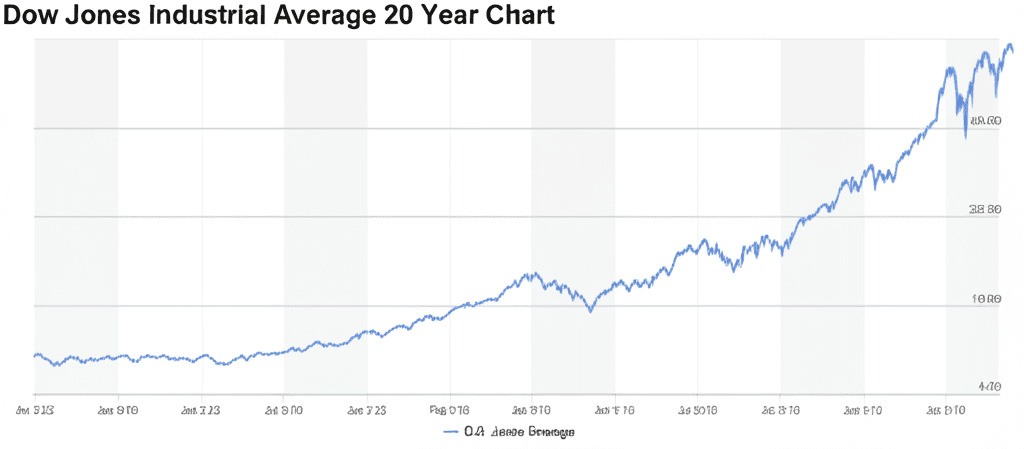
The Dow Jones Industrial Average (DJIA) has seen significant growth over the past 20 years. Between April 11, 2005 and April 11, 2025, the DJIA has gone from a value of $10,507.97 to a value of $40,198.08, representing an increase of 383%.
The DJIA has experienced both upward and downward trends, including significant drops during the 2008 financial crisis and the 2020 COVID-19 pandemic.
The stock market is subject to a variety of factors that can influence its performance, including changes in the economy, interest rates, corporate earnings, and geopolitical events. As a result, the performance of the DJIA and other stock indices can be volatile and may fluctuate over short or long time periods.
The S&P 500
The S&P 500 has performed well over the past 20 years, with an upward trend in prices. Between April 11, 2005 and April 11, 2025, the S&P 500 has gone from a value of approximately $1,237.82 to over $5,271.55, representing an increase of 426%.
However, it is important to note that the performance of the S&P 500 has not been steady over this time period. The S&P 500 has experienced both upward and downward trends, including significant drops during the 2008 financial crisis and the 2020 COVID-19 pandemic.
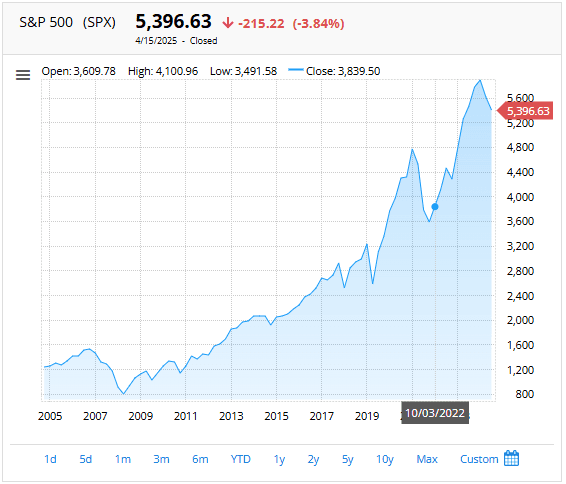
GOLD

Gold has performed exceptionally well over the past 20 years, with a strong upward trend in prices. Between April 11, 2005 and April 11, 2025, the price of gold has increased from $429 per ounce to over $3,234.25 per ounce, representing a remarkable 754% increase.
Gold is often considered a safe-haven asset, and its price can be influenced by a variety of factors, including changes in the global economy, geo-political risk, interest rate changes, and perceived value of the US dollar. During periods of economic uncertainty or market instability, demand for gold may increase, leading to higher prices. In fact, according to the World Gold Council, Central Banks (the ones who print the money) around the world have been buying more gold over the last year than during the previous 50 years.
That begs the question; do you want to buy what the banks are buying? Or would you rather buy what they are trying to sell you instead?
Gold's Performance Over Time
Gold has proven to be a reliable store of value over centuries, often outperforming other asset classes during times of economic uncertainty and market volatility.
Gold Price Performance (2005-2025)
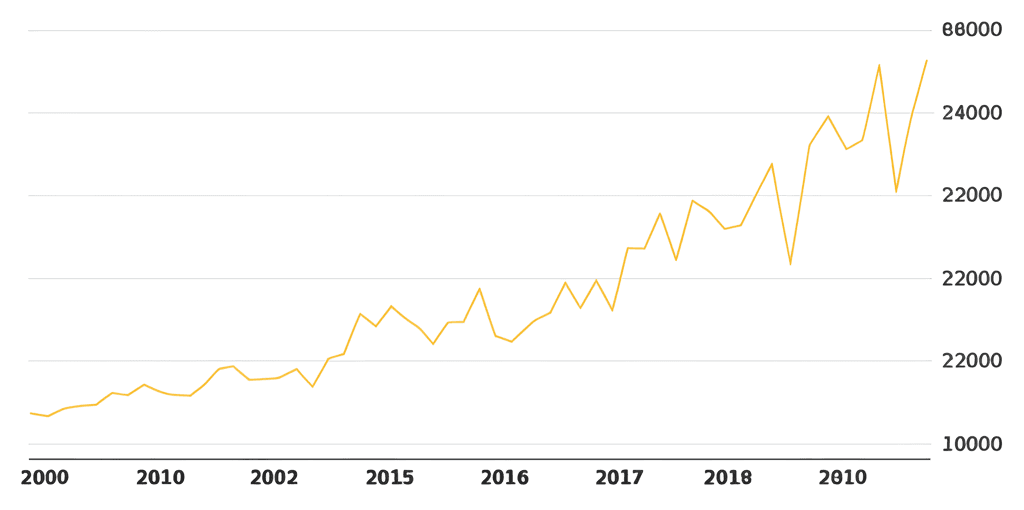
Source: World Gold Council, data as of April 11, 2025
Key Takeaways:
- Gold has increased in value by over 754% since April 2005
- Gold outperformed both the S&P 500 and Dow Jones during this period
- Gold provides portfolio diversification and reduces overall risk
- Gold has maintained purchasing power while the dollar has declined
Why Gold Performs Well:
- Limited supply and cannot be printed like fiat currency
- Global demand from investors, central banks, and industries
- Historical safe-haven status during economic uncertainty
- Hedge against inflation and currency devaluation
Gold vs. The U.S. Dollar
Since the U.S. abandoned the gold standard in 1971, the dollar has lost significant purchasing power while gold has increased in value.
The Federal Reserve's monetary policies, including quantitative easing and near-zero interest rates, have led to an expansion of the money supply and devaluation of the dollar.
Gold, with its limited supply and global demand, has maintained its purchasing power and served as a hedge against dollar devaluation.
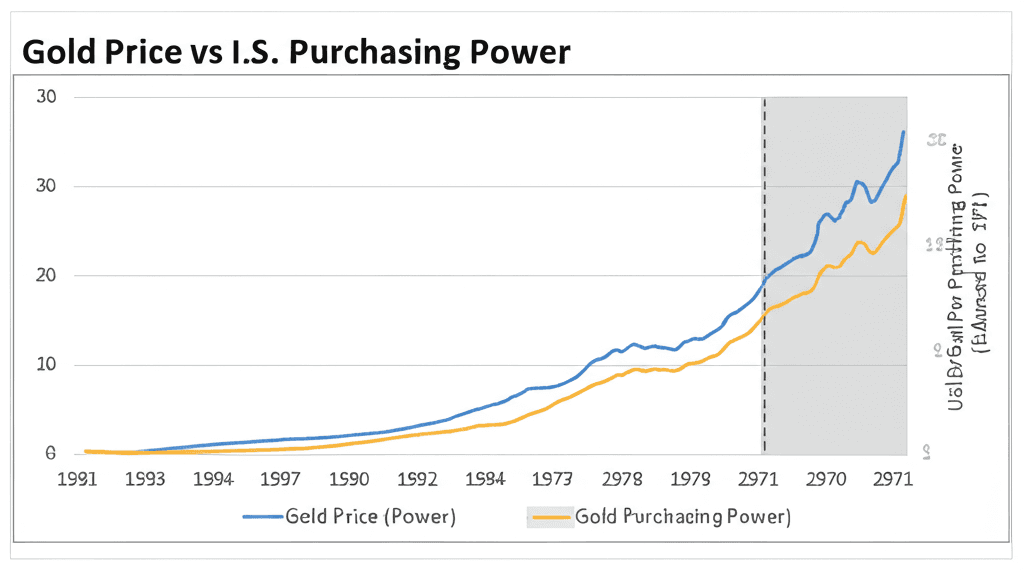
Gold price vs. Dollar purchasing power (1971-Present)
Dollar Devaluation Facts:
- The U.S. dollar has lost over 85% of its purchasing power since 1971
- The Federal Reserve has printed trillions of dollars since 2008
- National debt has surpassed $34 trillion and continues to grow
- Gold has maintained its value for thousands of years while currencies have come and gone
- Central banks worldwide are increasing their gold reserves as a hedge against dollar uncertainty
Gold vs. Stocks & Bonds
Over the past two decades (April 11, 2005 to April 11, 2025), gold has significantly outperformed both the S&P 500 and the Dow Jones Industrial Average. While the S&P 500 increased by 426% and the DJIA by 383%, gold has delivered a remarkable 754% return during the same period.
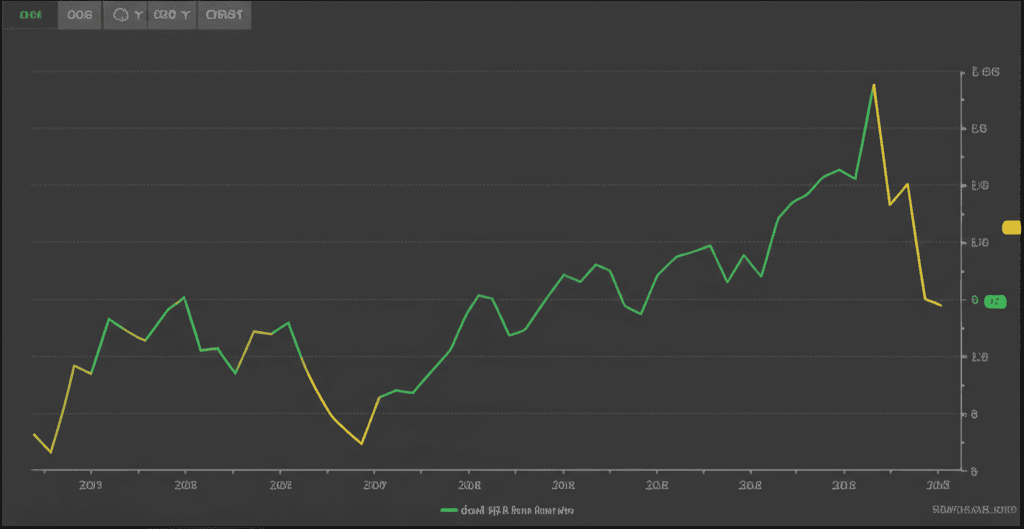
Gold vs. S&P 500 performance during major market downturns
While stocks have performed well during periods of economic growth, they have experienced significant volatility and drawdowns during market corrections and recessions.
Gold has historically shown inverse correlation to stock market performance, often rising when stocks fall, making it an effective portfolio diversifier.
During the 2008 financial crisis, the S&P 500 fell by over 50% while gold increased by approximately 25%. Similar patterns have been observed during other market downturns.
Performance During Market Crashes:
| Market Event | S&P 500 | Gold |
|---|---|---|
| Black Monday (1987) | -33.5% | +5.5% |
| Dot-com Bubble (2000-2002) | -49.1% | +12.4% |
| Financial Crisis (2007-2009) | -56.8% | +25.5% |
| COVID-19 Crash (2020) | -33.9% | +14.9% |
Source: World Gold Council, S&P Dow Jones Indices
While past performance is not indicative of future results, gold's historical track record demonstrates its potential as a portfolio stabilizer during market turbulence and its ability to outperform traditional investments over the long term.
Why Gold Protects Your Wealth
Gold offers unique advantages that make it an essential component of a well-diversified investment portfolio.
Inflation Hedge
Gold has historically maintained its purchasing power during periods of high inflation, when paper currencies lose value. As the cost of living increases, gold typically appreciates, preserving your wealth.
Portfolio Diversification
Gold has low or negative correlation with stocks and bonds, meaning it often moves in the opposite direction of traditional financial assets. This helps reduce overall portfolio volatility and risk.
Tangible Asset
Unlike stocks, bonds, or digital assets, gold is a physical asset that you can hold in your hand. It has no counterparty risk, cannot be hacked, and doesn't rely on any company's performance or government's promise.
Tax Advantages
Gold held in a precious metals IRA offers tax advantages similar to traditional IRAs. Contributions may be tax-deductible, and growth is tax-deferred until distribution. Roth options allow for tax-free growth and withdrawals.
Expert Insight
"Gold should be an important part of a diversified investment portfolio because its price increases in response to events that cause the value of paper investments, such as stocks and bonds, to decline."
- Former Federal Reserve Chairman Alan Greenspan
Ready to Add Gold to Your Portfolio?
Speak with our precious metals specialists to learn how you can protect your wealth with gold and silver. We'll guide you through the process of setting up a Precious Metals IRA or making a direct purchase.

